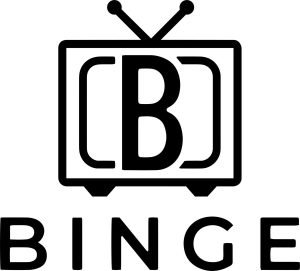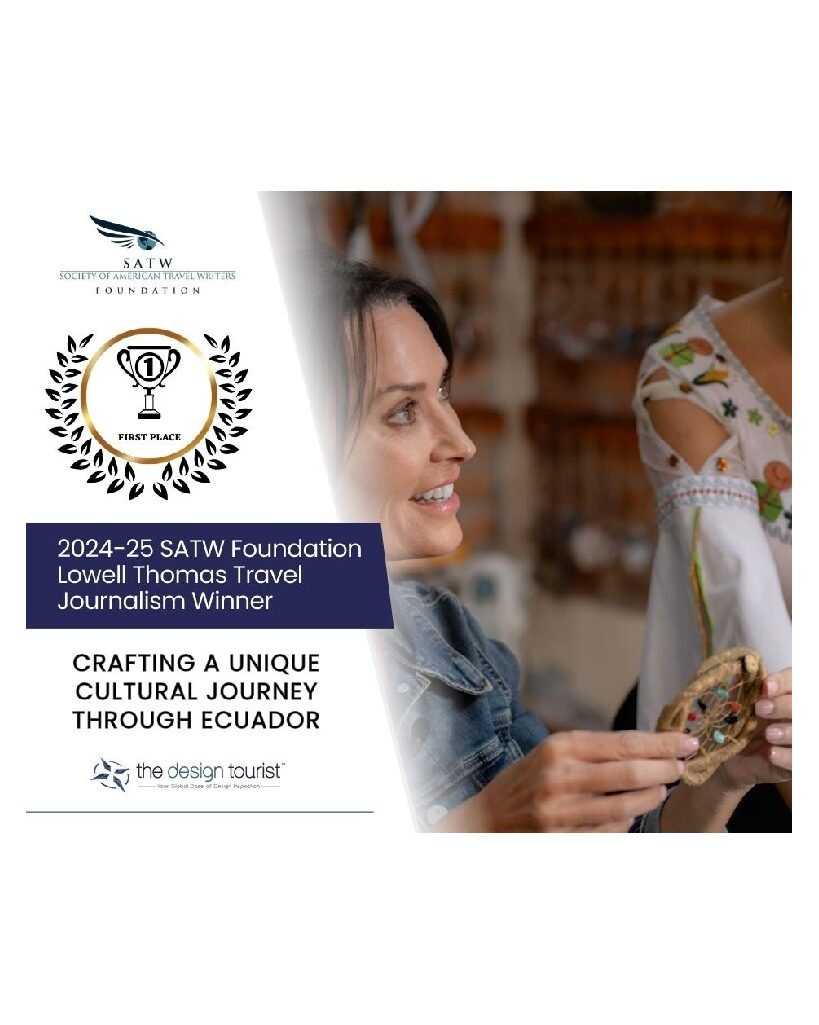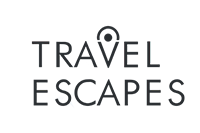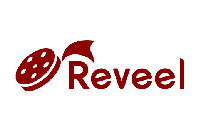For many emerging artists and designers, the dream of pursuing a creative career comes with a practical reality: managing finances can be just as challenging as creating art. From purchasing materials and software to funding exhibitions, travel, or portfolio development, the financial demands of a creative career can feel overwhelming. On top of that, many young creatives are navigating student loans and other education-related debt, which can make budgeting and planning feel like a balancing act.
While financial management may not be the most exciting part of your creative journey, it’s essential for sustaining your career and achieving long-term success. With careful planning and smart strategies, you can manage debt, fund your projects, and continue pursuing your passions without sacrificing financial stability. Here’s how emerging artists and designers can balance creativity and finances effectively.
Understanding the Unique Financial Challenges for Creatives
Creative careers often come with income variability. Freelance projects, commission-based work, or contract assignments mean that money may not come in consistently each month. While this unpredictability can be exciting, it also requires careful budgeting and a clear understanding of financial priorities.
Education-related debt adds another layer of complexity. For recent graduates in art, design, or related fields, student loans are often part of the equation. Combined with the costs of starting a creative career, studio space, tools, software subscriptions, and marketing, the financial pressure can feel daunting. Unexpected expenses, such as equipment repairs or travel for exhibitions, can further strain limited resources.
Understanding these challenges is the first step in taking control of your finances. By identifying potential hurdles and planning ahead, creatives can avoid unnecessary stress and keep their focus on their work.
Smart Budgeting Strategies for Emerging Artists
Budgeting is the foundation of financial stability, especially when income fluctuates. One of the most effective ways to manage your money is to track every dollar. Apps and spreadsheets can help you monitor income, expenses, and project costs, providing a clear picture of your financial situation.
Separating personal and business finances is equally important. Using dedicated accounts for creative projects ensures that funds are allocated correctly and helps prevent confusion at tax time. Prioritizing essentials, such as rent and utilities, while still allocating money for tools, materials, or professional development, ensures that both your basic needs and creative ambitions are met.
By establishing a thoughtful budget, you can make more informed decisions, reduce financial stress, and invest in your career strategically.
Funding Your Creative Projects
Even with careful budgeting, funding creative projects often requires additional resources. Grants and fellowships can provide valuable support, offering financial assistance to pursue specific projects or attend workshops. Crowdfunding platforms, like Kickstarter or Patreon, allow artists to raise funds directly from supporters and build a community around their work.
For some, managing student loans is part of the financial balancing act. One practical option is student loan refinance, which can simplify repayment, reduce monthly obligations, and free up funds for professional development, travel, or materials. While refinancing isn’t the solution for everyone, it can provide relief for graduates seeking a manageable path to pay down debt while continuing to invest in their creative careers.
Managing Student Debt Without Sacrificing Creativity
Handling student debt effectively is key to sustaining a creative career. Setting up strategic payment plans, understanding repayment options, and exploring solutions like refinancing can help reduce financial pressure. Income-driven repayment plans, consolidation, and refinancing are tools that allow creatives to balance debt repayment with day-to-day expenses.
Integrating financial planning into your career goals ensures that student debt doesn’t limit your professional growth. By managing loans strategically, you can focus on pursuing opportunities, expanding your portfolio, and taking creative risks without being overwhelmed by financial obligations.
Building Multiple Income Streams
Diversifying income is a smart strategy for any creative professional. Freelance projects, commissions, and collaborations with other artists can provide supplemental income while honing your craft. Teaching workshops or online classes can not only generate revenue but also expand your professional network and reputation.
Passive income options, such as selling digital prints, stock designs, or tutorials, can create recurring revenue that supports creative freedom. By building multiple streams of income, emerging artists and designers can reduce financial stress, invest in new projects, and maintain flexibility in their careers.
Long-Term Financial Planning
Financial stability isn’t just about covering monthly expenses, it’s also about preparing for the future. Building an emergency fund, saving for major investments, and setting long-term goals are all critical for a sustainable creative career.
Investing in professional growth is another key component. Allocating funds for advanced courses, workshops, or new tools ensures your skills remain competitive and your portfolio continues to evolve. Regularly tracking financial progress allows you to adjust strategies, plan for upcoming projects, and balance creativity with fiscal responsibility.
By planning ahead, creatives can focus on their work with confidence, knowing that their financial foundation is strong.
Conclusion
Balancing creativity and finances is no small feat, but with smart strategies, emerging artists and designers can thrive both artistically and financially. Tracking expenses, budgeting wisely, exploring funding opportunities, and managing student debt all contribute to a sustainable career. A lot of tools can help simplify repayment and free up resources for projects that matter most, without letting debt overshadow your creative ambitions.
By integrating financial planning into your career strategy, you can focus on what truly inspires you, creating, innovating, and exploring your artistic passions. Financial stability and creative freedom aren’t mutually exclusive; with careful management, they can coexist, allowing you to grow both professionally and personally as a modern creative.


































